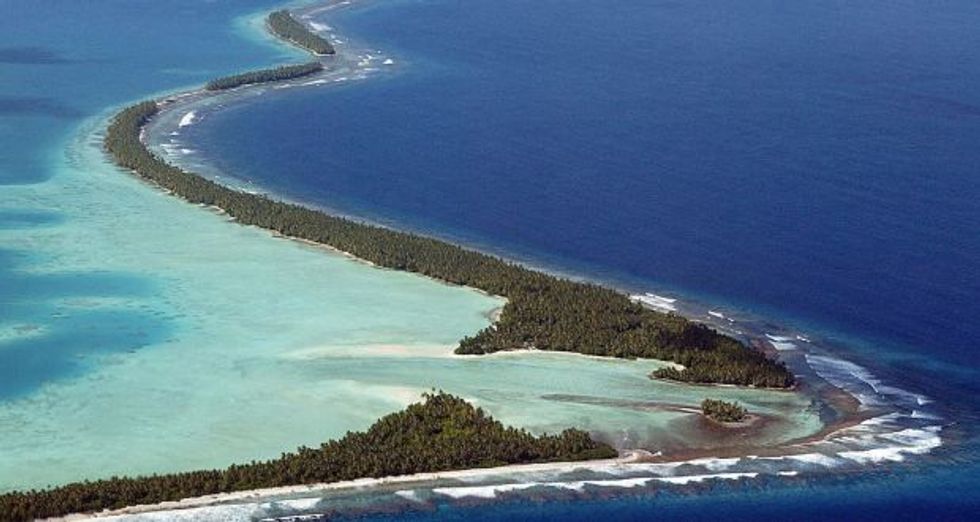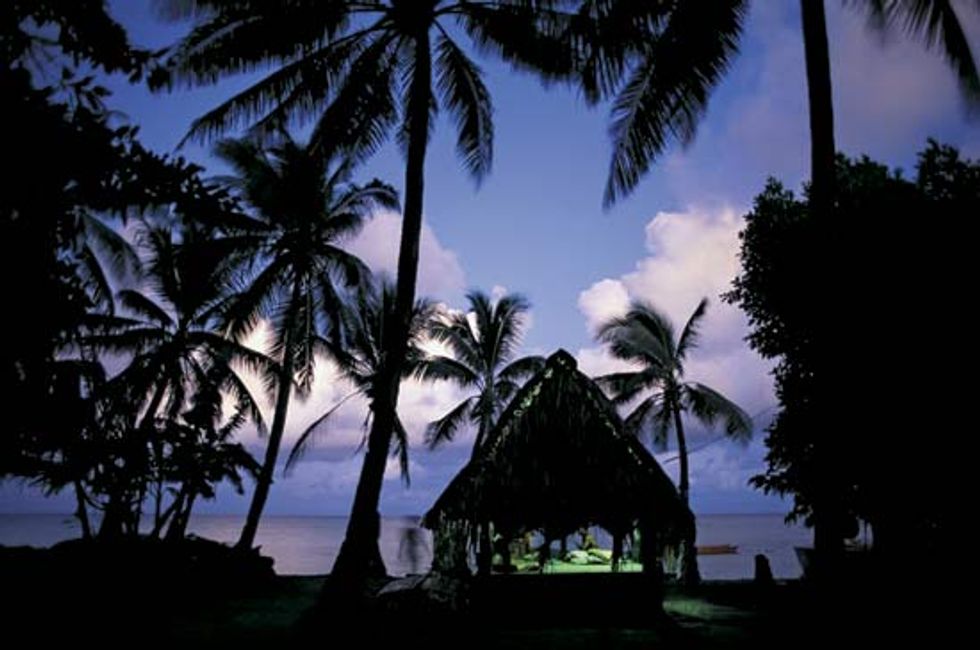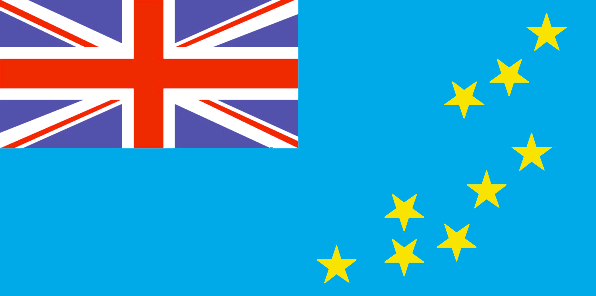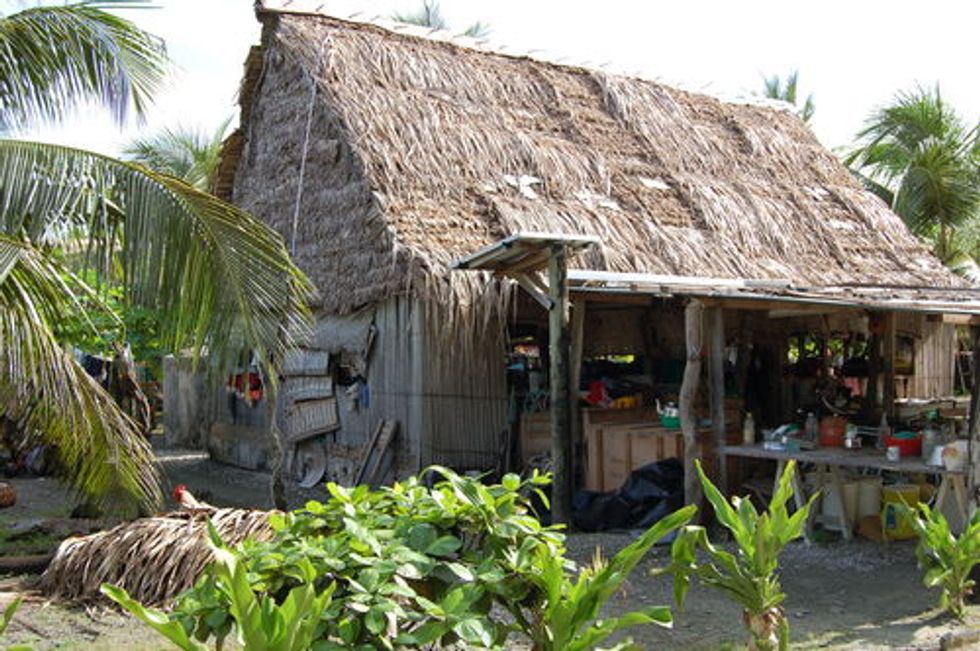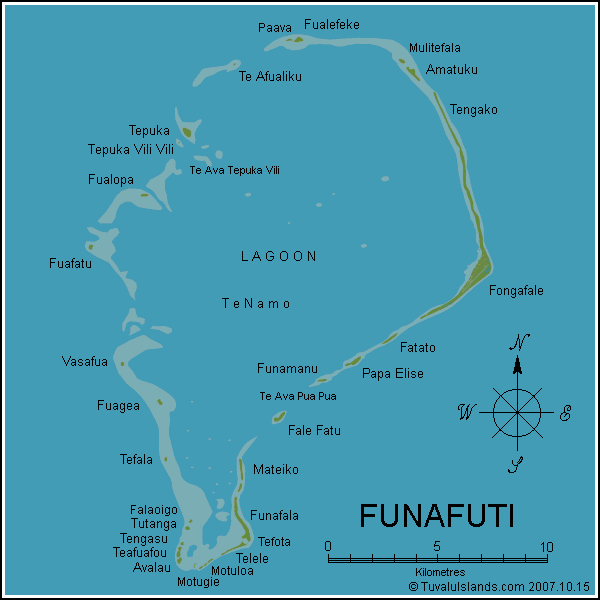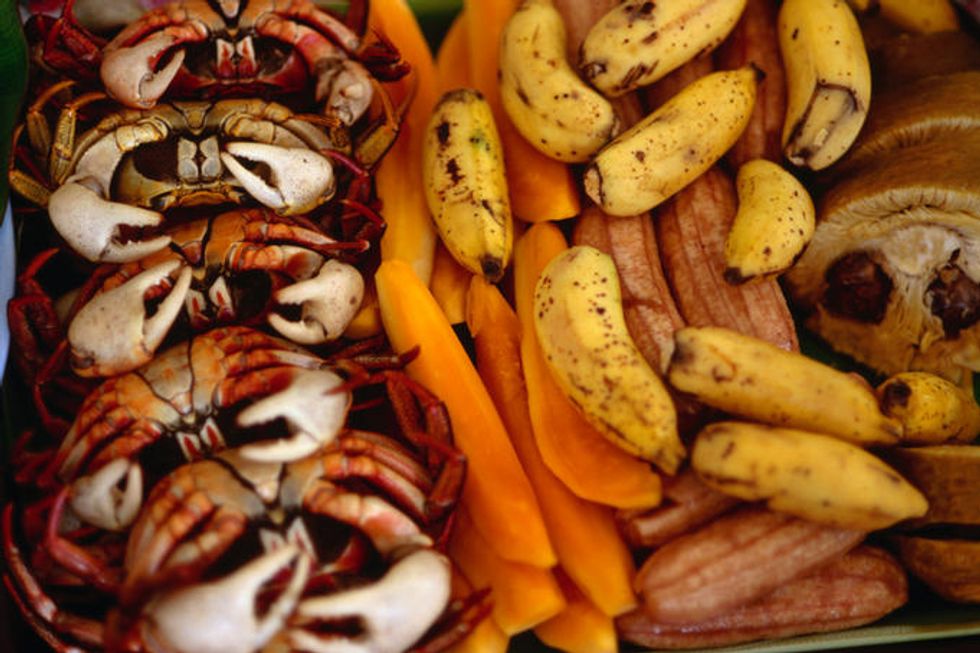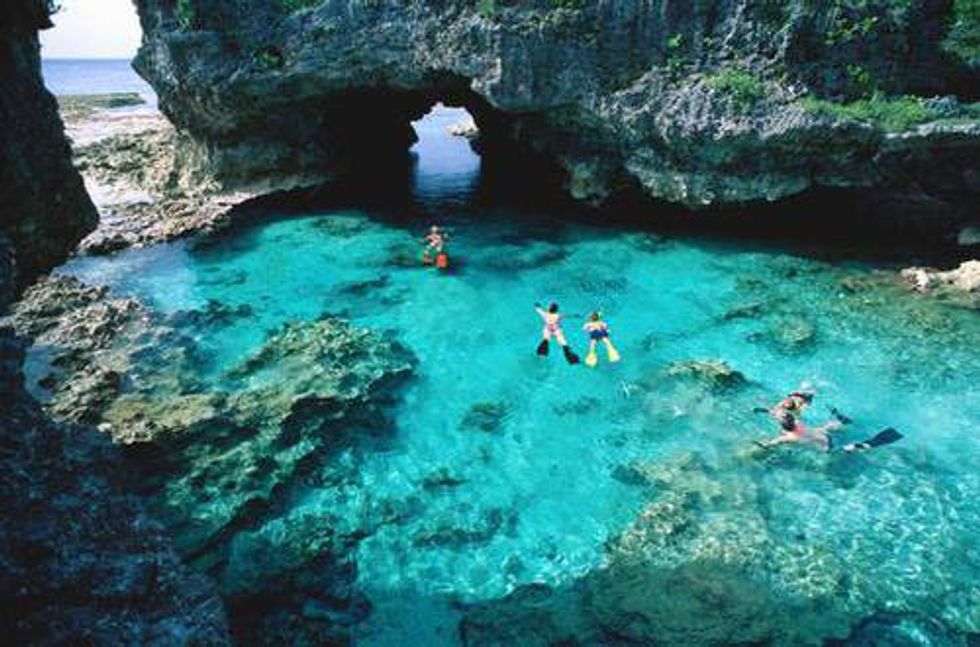Amidst the desolate great blue of the South Pacific lies the tiny nation of Tuvalu. Its perimeter is comprised of eight different islands that, in cohesion, outline the shape of a hot-air balloon.Tuvalu's first inhabitants arrived from Samoa in the 14th century AD—an island that is a lengthy swim away at about 1,340 kilometers. As time went on, various settlers from Tonga to the northern Cook Islands made themselves at home in this oceanic paradise.
Upon the 16th century's arrival, the European voyages of Álvaro de Mendaña de Neira had unearthed the eight jewels of Tuvalu; however, the treasure of Tuvalu was only given its official red X that marked its spot on the map in the early 19th century, as a result of mercantile excursions. In the later 19th century, recruiters in search of gaining a workforce kidnapped thousands of inhabitants from the island.
By the later 19th century, Tuvalu (known at the time as the Ellice Islands) had been established as a British protectorate, and in 1916, it became part of the Gilbert and Ellice Islands Colony. As with any story that has dealt with imperialistic forces, fierce rivalry and tensions erupted into a call for independence. In 1978, the British were ultimately booted out of Tuvalu, and the nation gained its freedom.
Though the presence of the colonial west did leave an imprint upon the Tuvaluan culture, the traditional way of life that embodies the island-state still remains intact. For instance, movies are rarely screened, just one radio station exists, television can only be viewed via subscription, and the newspaper is an entirely foreign media device. Many Tuvaluan people inhabit villages made of a couple hundred residents, abide by the traditional lifestyle of their ancestors by relying heavily on natural resources, and adhere to the idea of community as a significant presence.
As mentioned previously, the Tuvaluan population is one that is comprised of numerous peoples from across Polynesia. The island nation's language, Tuvaluan, is similar in nature to that of its Samoan settlers, though English is largely embraced and taught in schools thanks to its dissemination by westerners in the 19th and 20th centuries. The majority of the nation's population is Protestant, and around a third of its people live on the island of Funafuti, Tuvalu's nucleus of government and commercial hub.
Since Tuvalu's people largely rely upon the land and sea to provide them with nourishment, the islander's cuisine lays a particular emphasis on natural foods. Surrounded by water, it is no wonder that fish is the backbone of the Tuvaluan diet. Local delights include dishes such as "laulu", which is a taro leaf soaked in coconut cream, and "kaleve", a sweet drink of fermented coconut.
Beautiful rolling beaches outlined in the swaying magnificence of palms, human life wonderfully coalescing with the fruits of nature, an image such as this makes it entirely clear why Tuvalu is the perfect oasis getaway. Vacationers can enjoy a range of activities from snorkeling to game fishing, engaging in the national sport of killikiti—a derivative of the British cricket—and enjoying the island's most popular attraction, the Funafuti Lagoon.
Tuvalu might be a but a spec in the blue expanse of the south sea; however, zoom into Polynesia, and the tradition, history, culture, and beauty of this tiny island-nation becomes apparent.


